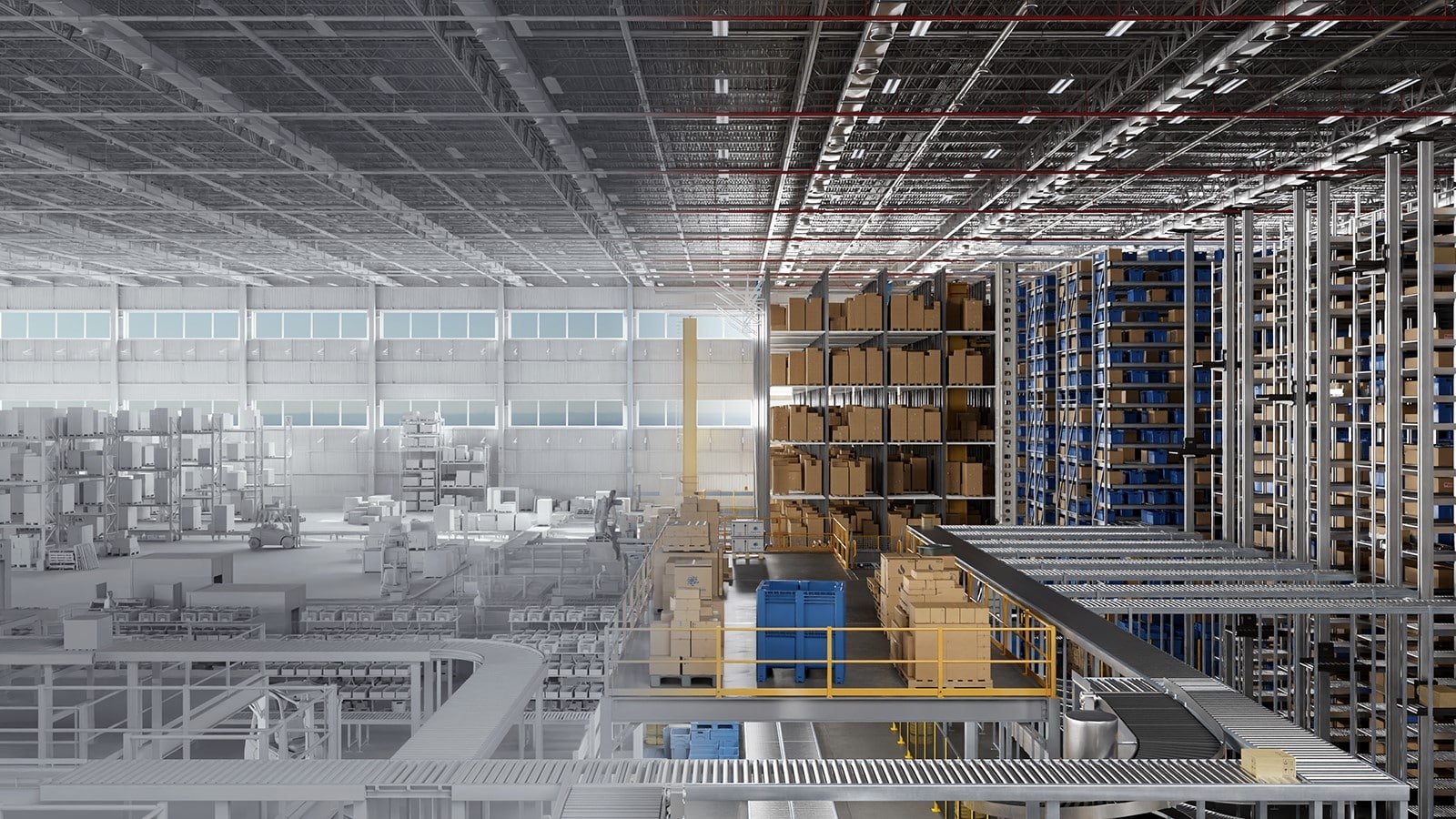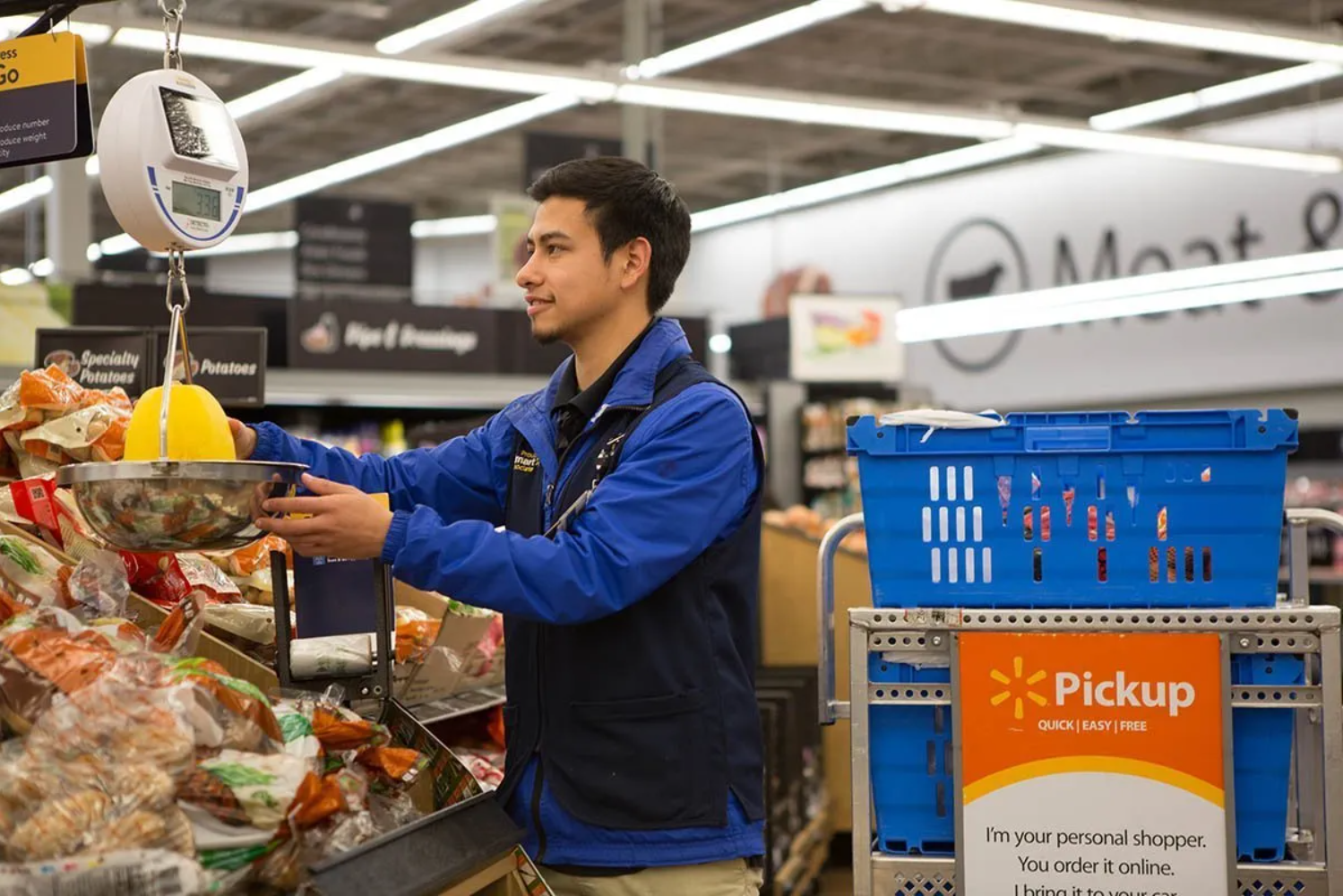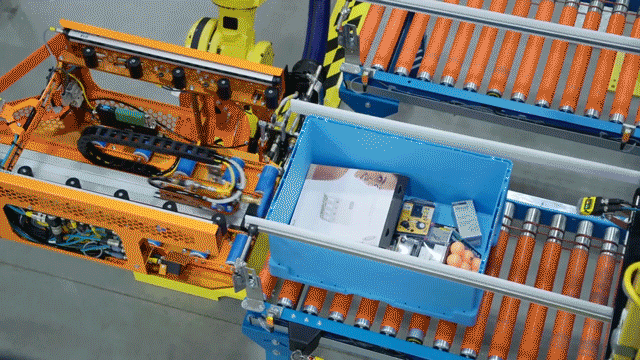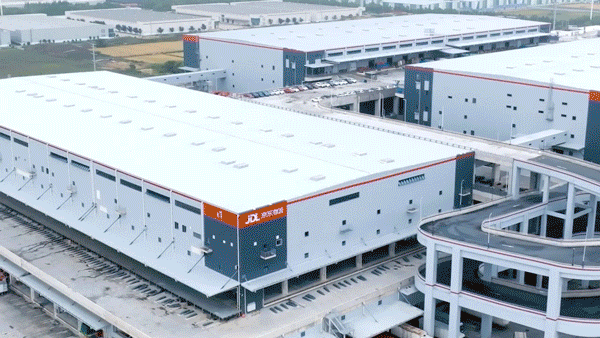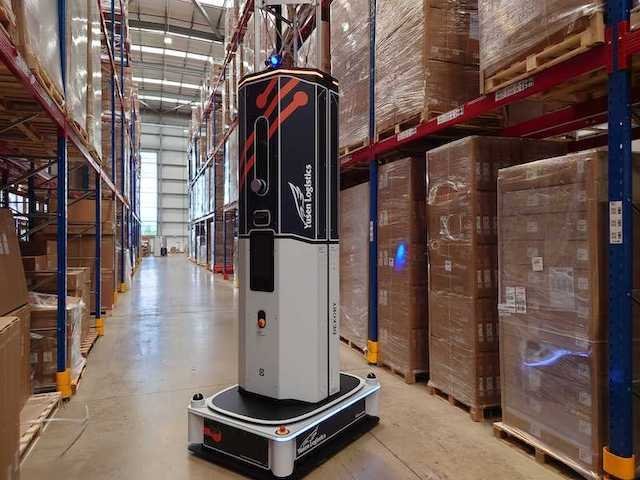Automation Alone Couldn't Keep Asos' US Dreams Alive
It plans to market the Atlanta facility, which has gone through a warehouse automation project since 2017, after the closure later this year.
The company said the new distribution will offer its US customers an enhanced product offering, while reducing the total fulfilment cost per order.
It followed a similar move by Boohoo Group last September when it pulled the plug of its US distribution centre as part of a strategy to "reposition the group for sustainable, profitable growth".
The retailer has ceased supplying US customers from its US warehouse – a 1.1m sq ft facility in Elizabethtown, Pennsylvania – that began operating in August 2023. It now fulfils all US orders from its UK distribution centre in Sheffield.
The closures of US warehouses by Asos and Boohoo “mark a sobering reality check for their American ambitions” and “reflect the ongoing pressures” both businesses are under, said Josh Holmes, head of research at Retail Economics.
“Faced with rising costs and soft consumer demand, they're having to prioritise cost reduction over international expansion, signalling a strategic shift towards restoring profitability,” he added.
“Intensifying competition from players like Shein and Temu, who operate with different business models focused on speed and aggressive pricing, has added another layer of complexity to an already challenging market.”
Stuart Reid, managing director and head of retail at Interpath, explained: “There was a rush to build out UK and overseas fulfilment centres through Covid as the sector responded to the sudden and almost universal shift to ecommerce.
“Yet, there has been little planned growth since then and the market has been left with a glut of distribution capacity. It is essential that cost optimisation is carefully reviewed before considering any investment into new space.”
There has been consolidation of warehousing space across the retail industry in the UK over the past two years as retailers streamline operations and upgrade existing sites through automation.
In January 2023, Amazon announced the closure of three warehouses in Hemel Hempstead, Doncaster and Gourock, and to open two new “state of the art" robotic facilities in the West Midlands and Stockton-on-Tees.
Boohoo Group closed its Wellingborough distribution centre in February 2023 and its Daventry site a year later. The decision followed a £150m investment in its Sheffield warehouse, which is now fully automated.
As Asos shifts its fulfilment model in the US, the retailer is expected to benefit from reduced costs after the write-off, said Chris Clowes, executive director at global logistics consultancy Scala: “The upsides of consolidating stock in the UK are that Asos can significantly reduce duplicate inventory and lower space requirements and streamline manufacturing for better inbound delivery.
"These changes not only reduce costs but also enable a broader range of products to be offered to US customers, potentially increasing sales. However, it will take time for these benefits to materialise due to the significant upfront costs.”
Asos expects a £10-20m EBITDA benefit from FY26 onwards after a £190m one-off impairment charge in FY25.
For other retailers looking to expand into the US market, Retail Economics’ Holmes said a phased and measured approach is key: “Despite its obvious appeal, the US remains one of the toughest markets to crack, demanding significant investment in logistics, localisation and customer understanding.
“Success stories are rare but usually come via acquisition or partnerships, while Primark's measured store rollouts demonstrate the value of patience." Primark made its US bricks-and-mortar debut in Boston in 2015 and currently has 24 US stores, aiming to reach a total of 60 by 2026.
Interpath’s Reid echoed that retailers should expand their global distribution gradually before making huge investments: “Capital-light ventures, supported by a diligent approach to capital expenditure planning, can be an appropriate route to take a brand overseas before diving in fully.” This includes using air freight from the UK and partnering with other retailers or distributors for warehouse space.
“[When expanding internationally], success comes down to good planning, getting your tactics right and reducing risk wherever possible, even if margins are impacted initially,” he added.



